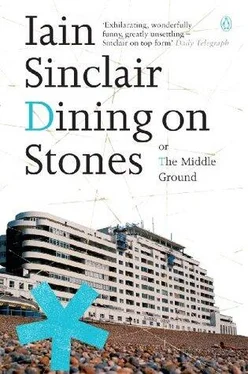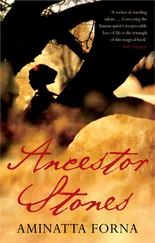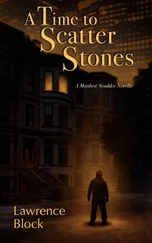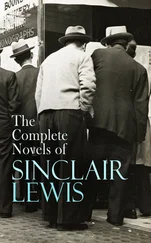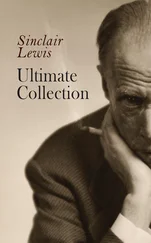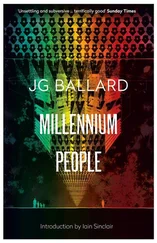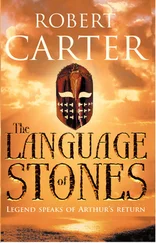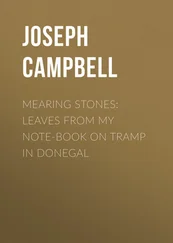A red smear is sinking slowly, rubbing itself against the blind windows of an anonymous block-building on Commercial Road. We can’t move east without brushing against sticky webs of memory, a sense of being crushed, even on this broad highway, between the murder sites of the so-called ‘Double Event’ killings: Elizabeth Stride in Berner Street (ahead of us) and Catherine Eddowes in Mitre Square. Sepia photographs of human figures: so stitched and blotched they look like representations of tribal trophies, shrunken heads from the Amazonian rainforest.
The nicotine prints, that made such horrors acceptable, re-form on paving slabs like pools of dried blood. Sepia is an older weather. My great-grandfather spurned such impurities, favouring solid blacks and radiant whites for his Kodak portrait of the supposed skeleton of a conquistador.
The conclusion come to was that the identity of the body was absolutely established, not only by general indications, but by evidence of the wounds on the neck and elsewhere, which, after lying three and a half centuries, the mummified corpse clearly disclosed. The conformation of the cranium has a very marked resemblance to that of the typical criminal of to-day. The lower jaw protrudes abnormally, a certain sign of a brutal man. The chief peculiarity, however, is the knee joints, which are so unusually large as to look like a deformity. The total length of the mummy is fully six feet. After having been scrutinised, the precious relic was handed over to the care of the Metropolitan Chapter, who placed it in the Chapel of the Kings in the Cathedral of Lima, where the curious may now see all that is mortal of Pizarro resting on a couch of crimson velvet, the whole being enclosed in a marble tomb with glass sides.
Another glass box lifted our spirits, a display of virtual reality, silver-thread, Bollywood/Motown outfits: Teddy Boy jackets in shimmering sequins, aluminium shirts with pearl buttons, brothel creepers in scarlet suede. Wedding outfits for a resurrected Messiah. A comeback by Michael Barrymore. The window, strobed with red and green lightbulbs, was a shrine to swank: the idea that dressing up, posing in front of a cheval glass, makes the world a better place. Travolta Scientology for a sugary Day of the Dead.
And, boy, did Commercial Road need it. Rag-trade pizzazz (Kabbalah chic) to offset the gloom of housing offices (with no houses on offer), congealed commerce, economic slippage, offices that defined problems by getting you to tick the box for your confession of choice: substance abuse, social and antisocial diseases, convictions and offences (potential or achieved). And, over it all, the hammer of sewing-machines, hiss of presses, racks of chainstore-multiples shrouded in plastic (like a row of hanged flashers): bad air, thin light, rain you felt but couldn’t see.
It was going to take a superhuman act of will to break out of the equilateral triangle formed by Commercial Road, Whitechapel Road (Mile End Road), the Blackwall Tunnel Approach. Dead ground: London’s version of the Bermuda Triangle. Unwary voyagers breezed in and were never seen again. Tower Hamlets Cemetery: overgrown paths, erased memorials, obelisks. Jack London took photographs and Joseph Stalin lodged in Tower House, Fieldgate Street. The Elephant Man is still imprisoned in the London Hospital (albums of photographs, X-ray Martyrs). Hamlets Way. Ackroyd Drive. Empson Street. Jimmy Seed’s old studio in Turners Road. The unrecorded (and over-recorded) voices of Stepney and Bromley-by-Bow.
Commercial Road and Whitechapel Road begin as kissing cousins, but they soon part, moving further and further away: as upwardly mobile A11 (heading off to Epping Forest) and as our old friend, the sluggish east-flowing A13. Decisions, casually made, can never be undone.
Twilight, neon-licked, brought another sighting of our dowser. Posed against a window of decapitated humanoid models, he was heavier, slower, shorter in the leg. He limped, weighed down by a black bag that might once have belonged to a doctor or plumber.
We scanned the sign: HENRIQUES ST (FORMERLY BERNER ST). Our man was still on the trail, heading towards the railway and the river, quitting the A13, paying his dues to a Victorian crime scene; one jump ahead of the ghouls, the video tourists. Named-and-shamed ‘Berner’ might have been struck from the map, but they couldn’t let it go; this once-and-future killing ground was part of the heritage route. Working-men’s clubs, schools, debating societies. A red-brick mansion with breeze-block doors. TAFFY’S BARBERSHOP: the only going concern. Step away from the brightly lit boulevard of Commercial Road and you flounder in Miltonic darkness.
A man, soft-shoed in rubber, weighed down by a black bag. Sealed doors. Suspended charities. The first whiff of the Thames, unspiced, on chill evening air. We followed, keeping well back, staying in the shadows.
This was another London, occupied by invisibles, secret hordes in tenements, low-level flats with gauzy curtains. Cars, left on the street, winked with security lights. They outranked the rundown properties. Cars and ex-cars, accredited wrecks with shattered windscreens and no engines. The dowser dragged himself through this territory, eyes fixed straight ahead. A long way from Brick Lane’s curry houses with their touts and greeters, from leather wholesalers, minimarts, peddlers of slippers and virtual Meccas. Brick Lane was the Oxford Street of these obscure warrens. Obscure to outsiders.
Out of nothing came nothing: a dogpatch, tired carpet of theoretical grass, sodden at all seasons. A cliff of unrestored flats. A rank of devastated lockups.
Track loved it, this set. She saw it as a future art work. Her camera: she wouldn’t follow the dowser until she’d gathered evidence for a new grid. She didn’t say as much, didn’t say anything. This is how I read it (freelance journalist, collector of trivia). And I think now, sitting on my balcony by the sea, going over my notes, that I was wrong. Track’s behaviour was never calculating, she went with her impulses: hundreds of lit windows, the termite theatre of evening, this was something worth celebrating. For itself. As itself. Proper artists know how to wait.
Squelching, unable to see where I was putting my feet, I waded onto the grass. My actions, in response to the dowser, were influenced by the fact that we both fitted cosily within the spectrum of autism: obsessive, unpredictable, hoarding twigs, locks of hair, scraps of paper, cigarette packets, bus tickets. In black bags and awkward rucksacks. We laboured with kit. Faces of strangers, faces of friends, faces of celebrities, they were equally unfamiliar. Meaningless. We scarcely knew ourselves.
A rugged boulder. Glacial debris, fallen monument. The dowser, rods catching blue light from a television window, was circling a rock. What was it doing in this wasteland?
‘Like a try? It’s not difficult.’
The man was waiting for me, holding out the rods. It was a simple business, apparently, this dowsing. Easy grip, no clenched knuckles. Don’t rush it. When you pass over new material, cable in earth, dull coin, the rods cross.
Was this megalith one of the unrecorded wonders of London? It looked, in the half-dark, like a tumbled standing stone, a menhir in the wrong place. A blood table. It hummed and throbbed: booster for the journey on which we were about to embark.
‘Concrete, I’d say,’ the dowser replied. ‘Could be, like, an art thing. Without the holes. Or debris builders left behind.’
I stroked the surface and felt extremes of temperature, microwave heat and cold that would freeze your tongue to the rock. Parts, it’s true, were rough as concrete, fissured, fuzzy with moss — but speckled veins ran through the rest, Peterhead granite transformed to gneiss, fractures of pure obsidian. The thing was a geological anomaly, a freak. A rock designed by committee.
Читать дальше
